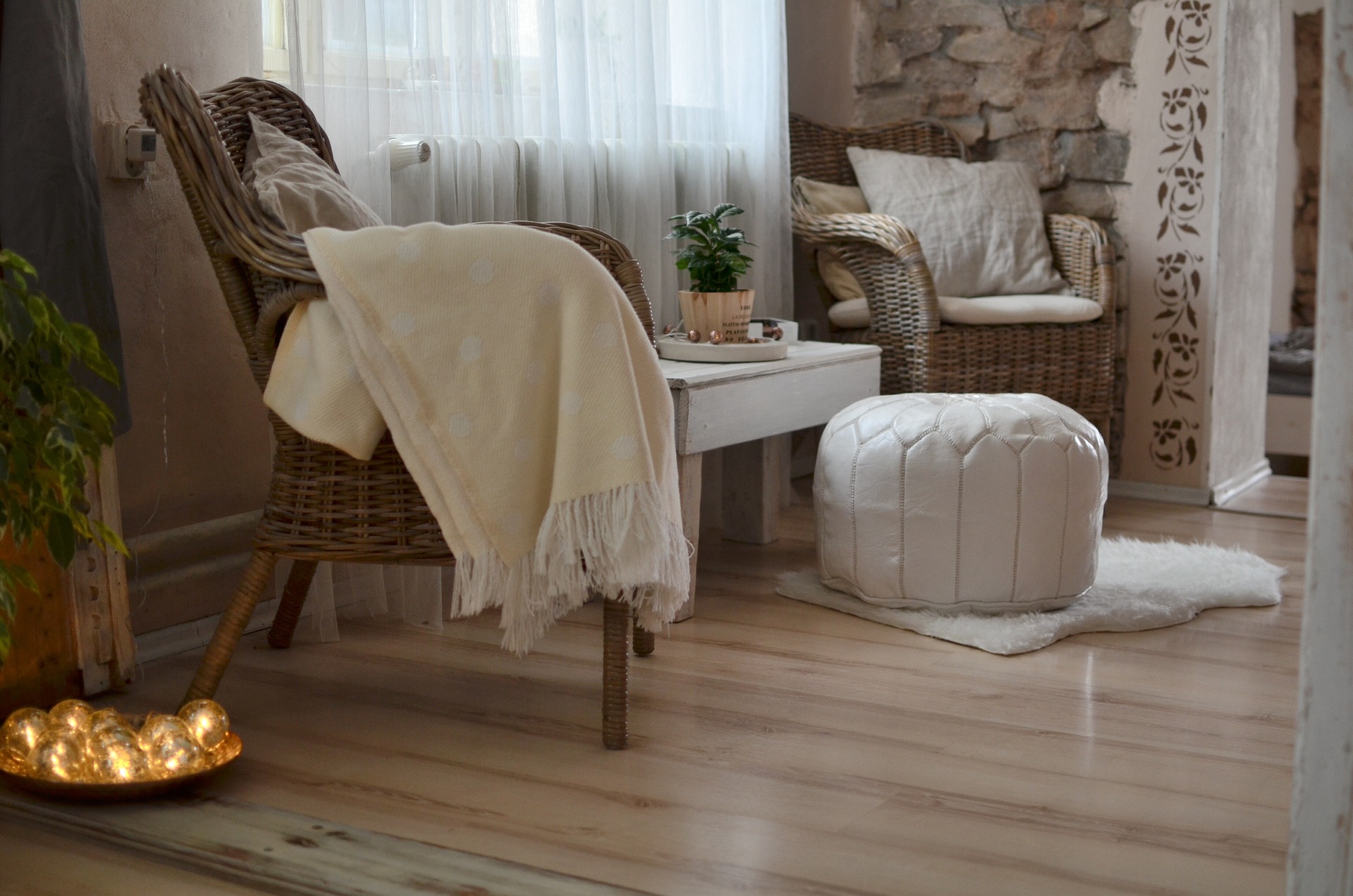Wabi-Sabi Aesthetic: The Beauty of Imperfection in Home Decor
Embrace the Wabi-Sabi aesthetic and understand how this ancient Japanese philosophy can transform your home decor. A new trend that celebrates imperfection and transience, Wabi-Sabi is taking the interior design world by storm. Read below to understand how you can incorporate this minimalist and nature-inspired design philosophy into your home.

The Essence of Wabi-Sabi
The term ‘Wabi-Sabi’ is derived from two Japanese words- Wabi, which refers to simplicity and inward-looking, and Sabi, which signifies the beauty of age and wear. The aesthetic is deeply rooted in Zen Buddhism and Japanese tea ceremonies. It’s about finding beauty in imperfection and appreciating the natural cycle of growth and decay. This is a departure from the traditional Western ideals of beauty that lean towards perfection and symmetry.
The Wabi-Sabi Color Palette
The Wabi-Sabi color palette is inspired by nature. It includes muted, earthy tones like off-whites, grays, browns, beiges, and greens. These colors have a calming effect and help to create a serene and peaceful environment. Stick with matte finishes to maintain the natural, unrefined look that is characteristic of this aesthetic.
Wabi-Sabi Materials and Textures
In a Wabi-Sabi inspired home, you would find natural materials like wood, stone, clay, and bamboo. These materials show the passage of time and embrace flaws and signs of wear. Textures play a crucial role too. Rough, uneven surfaces, faded fabrics, and weathered metals are all part of this aesthetic.
Incorporating Wabi-Sabi in Furniture and Accessories
When choosing furniture, opt for handmade pieces with a rustic or distressed finish. Remember, the goal is to celebrate imperfection. Look for furniture that shows signs of age and wear, like faded paint or a slightly worn texture. In terms of accessories, choose items that have a natural, organic shape. Pottery, wicker baskets, and linen textiles can all add to the Wabi-Sabi aesthetic.
The Role of Nature in Wabi-Sabi Design
Wabi-Sabi has a close connection with nature. Incorporating elements of nature into your home helps to create a tranquil and grounded atmosphere. This can be done by adding indoor plants, using natural fibers, or displaying objects collected from nature like rocks, shells, or driftwood.
Useful Tips and Facts: - Wabi-Sabi is not about creating a perfectly styled home. It is about creating a space that feels lived in and authentic. - Worn or recycled items are not only environmentally friendly, but they also add to the Wabi-Sabi aesthetic. - Minimalism is a key aspect of Wabi-Sabi. Avoid clutter and unnecessary items to create a tranquil space. - The principle of Wabi-Sabi can also be applied to life, encouraging us to accept and find beauty in our imperfections.
In conclusion, the Wabi-Sabi aesthetic offers a refreshing departure from the conventional notions of beauty. It encourages us to embrace the imperfect and transient nature of life, both in our homes and in ourselves. So, if you’re looking for a simple, nature-inspired aesthetic that celebrates the beauty of imperfection, it might be time to consider the Wabi-Sabi trend.






